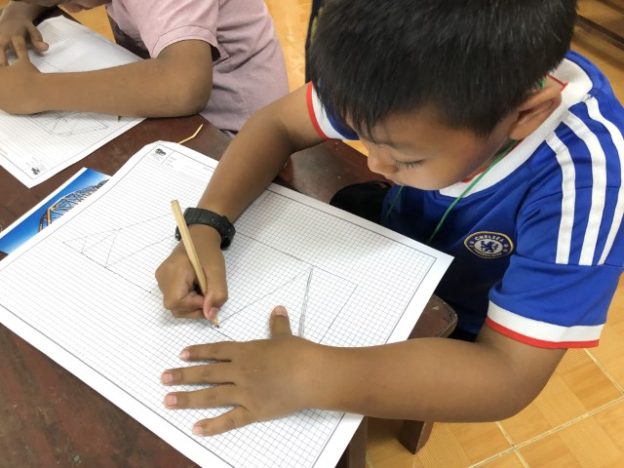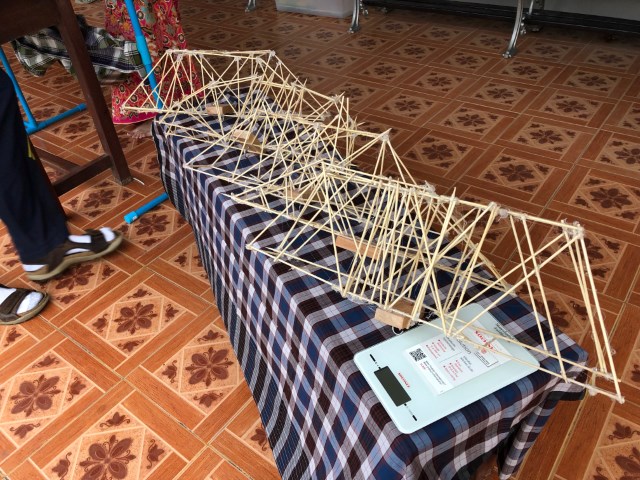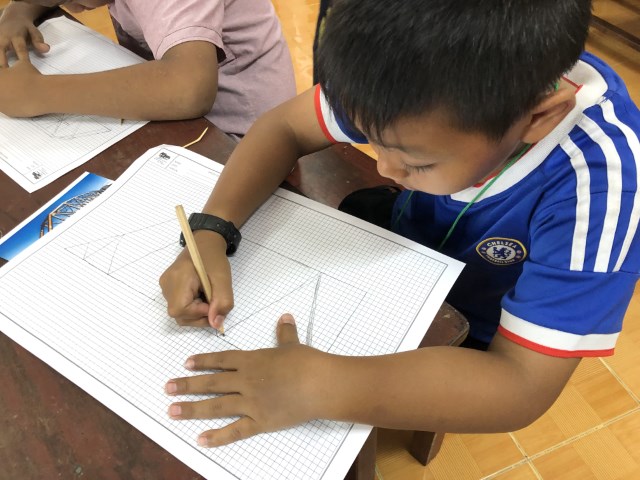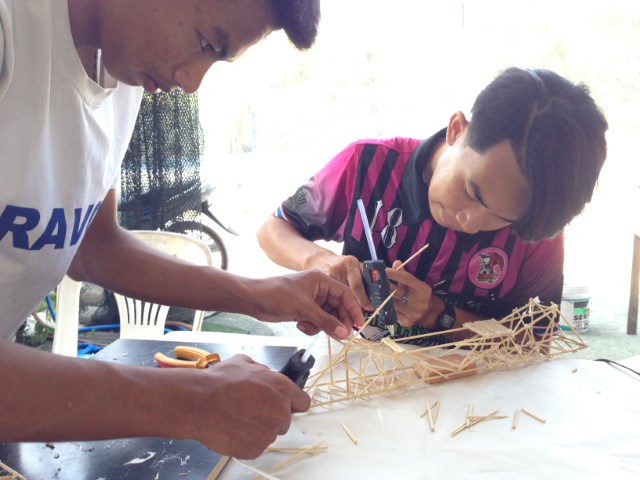Imagine that a recent storm destroyed the only bridge connecting your village to the outside world. The area is so remote that it will take days for outside help to arrive, and on top of that, only a few building materials are available. You are given one day and a handful of basic materials. Can you design and build a bridge to help reconnect your village to the rest of the world?
This was a recent design challenge given to a group of students at a STEM day camp. After exploring physics principles through hands-on activities, the students were given small wooden skewers, a hot glue gun, paper, and pencil. Each team designed, tested, and improved a model bridge until it was strong enough to meet the challenge.
SEEDS members in Thailand recently hosted several science, technology, engineering and math (STEM) day camps like this one in low-income and underprivileged segments of the city as a means to inspire youth from these backgrounds toward STEM career opportunities.
Students learned by exploring, investigating, and asking questions related to an interesting topic or real-world problem. Next they worked in teams to develop something, test it, improve it, and present it to an audience.
The participants of the club gained confidence, teamwork skills, and opportunities they would not have had otherwise. It also increased their motivation to study the STEM subjects in school with more intentionality and enthusiasm. These outcomes will in turn contribute toward future economic benefits for them and their families, in line with SEEDS objectives.





